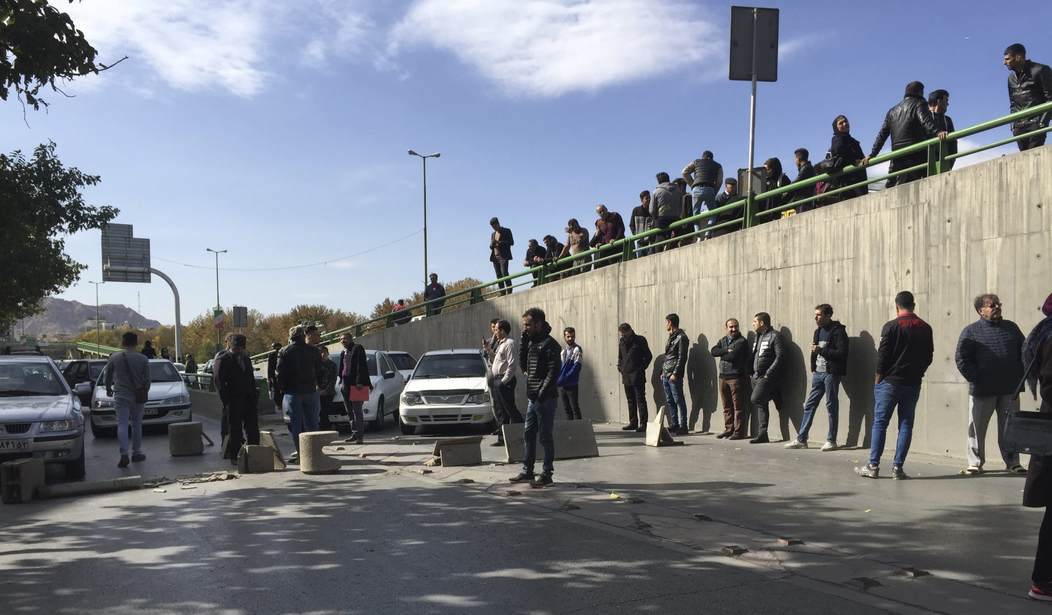Iraqi Prime Minister Adel Abdul-Mahdi said on Thursday that he would submit his resignation to parliament following protests that killed more than 40 protesters and a call from leading religious leader Grand Ayatollah al-Sistani for lawmakers to withdraw support from the government.
Mahdi, who was appointed to the post of prime minister last year after several months of political stalemate, enraged protesters the last few days by appearing to slow-walk reforms demanded by demonstrators. The protests had begun to die down but were revved up by Mahdi’s stalling tactics.
Most of the dead were reportedly unarmed and gunned down in the street by snipers belonging to Iranian-backed militias. It’s unclear whether the Baghdad government has direct control of the militias at this point. Iran has demanded that the Iraqi government “take immediate action” against “aggressors” who torched its embassy in Najaf on Wednesday, so it’s conceivable that Tehran has taken matters into its own hands.
Everyone knows the militias are doing the extra-judicial killings. And everyone knows who is controlling them. This has further distanced the population from the government and made Mahdi’s resignation almost irrelevant.
Forty protesters were shot dead by security forces in Baghdad and the southern cities of Najaf and Nasiriyah on Thursday, in a sharp escalation of violence that continued Friday.
Three protesters were shot and eight wounded by security forces in Nasiriyah when the demonstrators attempted to enter the city center to resume their sit-in, security and hospital officials said. Security forces had fired live rounds the previous day to disperse protesters from two key bridges, killing 31 people.
In Baghdad, protesters gathered around the historic Rasheed Street near the strategic Ahrar Bridge and burned the Iranian flag, chanting “Iran out!”
Four people were shot by security forces on the bridge the previous day. Protesters are also occupying parts of the nearby bridges Jumhuriya and Sinar — all of which lead to the fortified Green Zone, the seat of Iraq’s government.
It’s hard to overstate the significance of young Shia protesters demonstrating against a Shia-dominated government that’s beholden to the Shia theocracy in Iran. Iran was once seen as a beacon for Shiites in the region, who were discriminated against in Sunni-dominated societies, and young people from across the region swore allegiance to Ayatollah Khomeini and his anti-American, anti-western crusade.
But those days are gone. Young Shias in Lebanon, Iraq, and increasingly, in Iran itself, are rebelling against governments that are unable to deliver basic services or competently manage the economy.
Prime Minister Mahdiis resignation won’t mean much. The leadership in most middle east nations is a revolving door of sectarian corruption — different faces, same results. The political elites will not voluntarily give up their advantages simply because there’s blood in the streets. Eventually, the protesters are going to have to kick them out.
A lot of brave young people are going to bleed before it’s over.










Join the conversation as a VIP Member